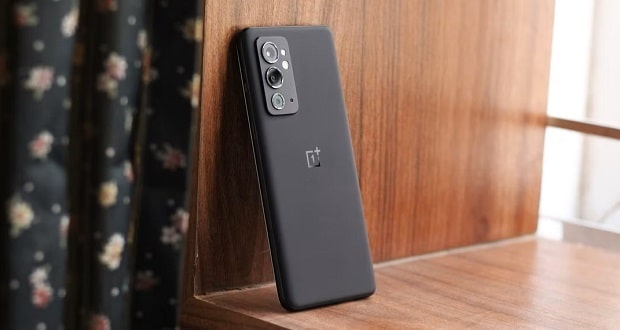The Biggest Flaws In The Design Of Modern Phones
If You Are No Longer Excited By The Design Of Modern Smartphones, It Is Because Of The Faults And Defects In Their Construction. But What Are These Annoying Flaws?
Smartphones are becoming more powerful and efficient every day. So there is hardly a day when news is not heard about achieving significant improvements in the camera, technical performance, processor, display, and other parts of these devices!
Of course, compared to these technical developments, the design of smartphones has been stagnant for a long time, and no positive step can be seen in it!
What’s worse is that in recent years, damages caused by physical damage, breaking the back panel, cracking the screen, or similar cases have increased significantly so that many people claim that there has been a setback in the design and durability of mobile phones!
In the continuation of this text, we will examine some of the major flaws in the design of modern smartphones that have existed in this industry for years and have not yet been resolved.
These types of defects have caused the progress in the design of these devices to be much slower compared to other parts.
The most important flaws in the design of smartphones
Increasing screen size too much
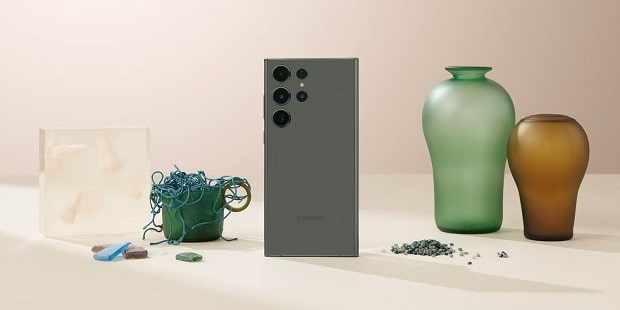
Larger smartphone screens will naturally provide a better user experience and allow the user more space.
From a design perspective, however, a larger screen will mean that these phones are harder to work with one-handed.
This problem has become so prominent that in today’s giant phones, it has become impossible to access the four corners of the screen without using software settings, especially for people with smaller hands!
On the other hand, powering larger screens also requires larger batteries, increasing the device’s thickness and making it heavier.
Although the general design trend of modern phones is based on the use of more powerful screens, not all major companies, have followed this path!
For example, two years ago, Apple tried to keep the market of small-size products hot by releasing the mini version of the iPhone 13. However, customers did not appreciate this phone, so Apple replaced the mini version of the iPhone 14 with the Plus version!
In general, users prefer smaller phones, Even if it comes at the cost of making it harder to work with!
The smooth plastic back frame
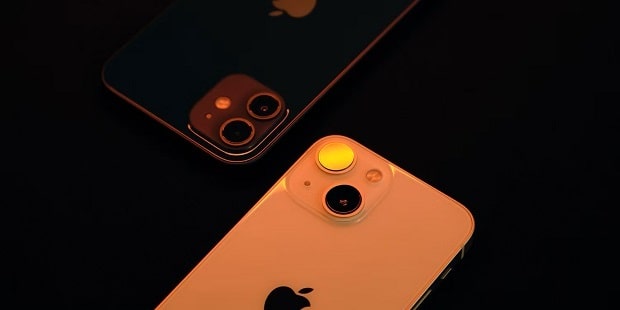
Another flaw in modern smartphones’ design is the device’s slippery nature due to the use of glass in its back frame.
In this regard, in recent years, phone manufacturers have decided to use aluminum frames and glass bodies in their premium and flagship products instead of using more ergonomic materials such as plastic or metal to give their devices a more expensive feel.
However, moving in this direction has resulted in other costs besides increasing the price of mobile phones! For example, the glass frames of these phones are very slippery, and the possibility of them slipping from the user’s hand is very high. This is why almost all users of premium and expensive phones use a frame or back cover for their devices.
It should be noted that this issue is less relevant for cheap and economical phones in which materials such as plastic are used.
In this field, attractive measures were taken in the past years, which, while providing a beautiful and unique design, also bring high strength to mobile phones.
For example, the rough back panel of OnePlus phones a few years ago, whose material is also known as Sandstone, or the integrated and metal design of HTC’s older flagship phones are among these things, which will probably not be well received by buyers!
High cost of repairs
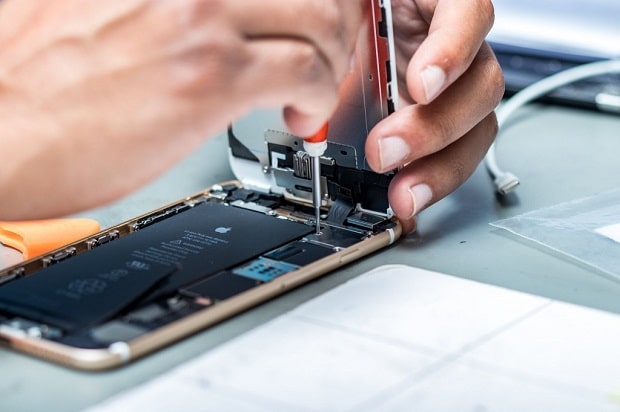
Glass is a more expensive material than plastic. Also, the fragility of glass is much higher than that of plastic. For this reason, using this material in constructing the back frame of modern phones can make them more expensive and thinner and increase their vulnerability to scratches and cracks.
In the meantime, it is also good to know that the cost of repairing modern phones has increased significantly in recent years. For example, only replacing the back cover of the iPhone 14 Pro Max will cost users over $300.
Of course, Apple, by offering AppleCare+ service, and Samsung, by providing a similar service, have reduced much of the cost of repairing their phones. However, one cannot deny the many negative points of using glass in making modern phones!
Inconsistency in design
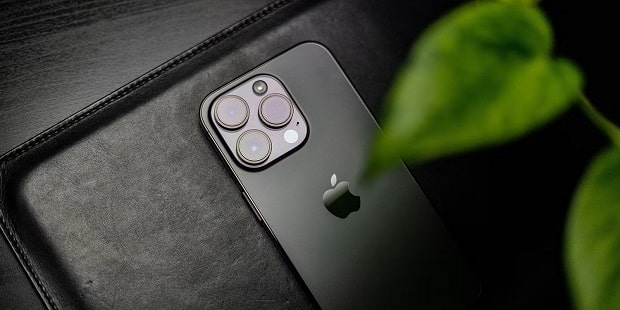
If we factor in Apple and Samsung, other companies active in the smartphone market have not yet reached a single design language for their phones that has an attractive appearance and fully provides the desired applications.
Even Apple iPhones and Samsung Galaxy are not completely safe from this process; Because, for example, the camera size of these phones is increasing with each generation.
Other companies such as OnePlus, Xiaomi, and Oppo have not yet reached a standard design for their products, and they have changed the design of their phones with every generation.
In some of these phones, the mute key is located on the right side; While in the next model, the power key is moved to this side, and the volume keys are transferred to the other side.
Also, the camera modules of modern phones are getting uglier day by day and are one of the most important defects in the design of these products.
Loss of creativity and artistic flair
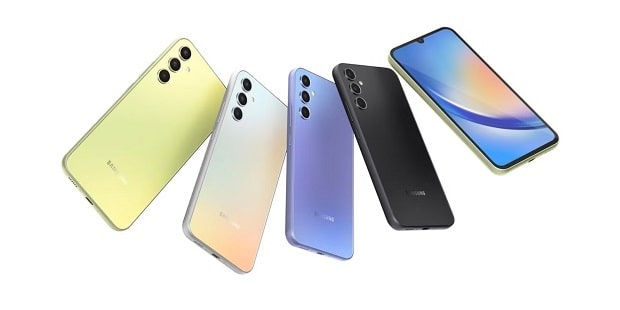
Even though innovation, creativity, and progress have not yet disappeared in the technological sector of smartphones, the design of these products has completely taken on a dead color!
For a long time now, the design of new Samsung or Apple phones does not excite anyone; Because, except for the change of some details, other items in the creation of these products are the same as the previous model, and, to some extent, other products in the market.
On the other hand, most modern phones are sold only in neutral colors such as white, gray, or black, and there is no news of mobile phones being sold in various cheerful colors.
This flat design can be seen in the user interface of Android and iOS phones. For example, even though iOS and Android operating systems are designed to be very fast and straightforward, their excessive simplicity does not inspire users with the pleasure that older versions of these operating systems provide with their skeuomorphic design.
Of course, Google’s Material You design language has been a little more successful. It has brought more customization capabilities and happier colors to Android phones.
ergonomics; The missing link of modern smartphone design
Due to the interest of users worldwide in bigger phones with more powerful technical specifications, more capable cameras, and larger batteries, few phone companies in the world can focus on the ergonomic design of their products!
So it is better to try to cope with this style of design! Because smaller phones or happier colors are unlikely to have a place in the future of the mobile phone industry!
For example, by using frames and back covers in various colors and designs while preventing your phone from getting damaged, you can also control it from getting hurt too much and add multiple personalization features.










